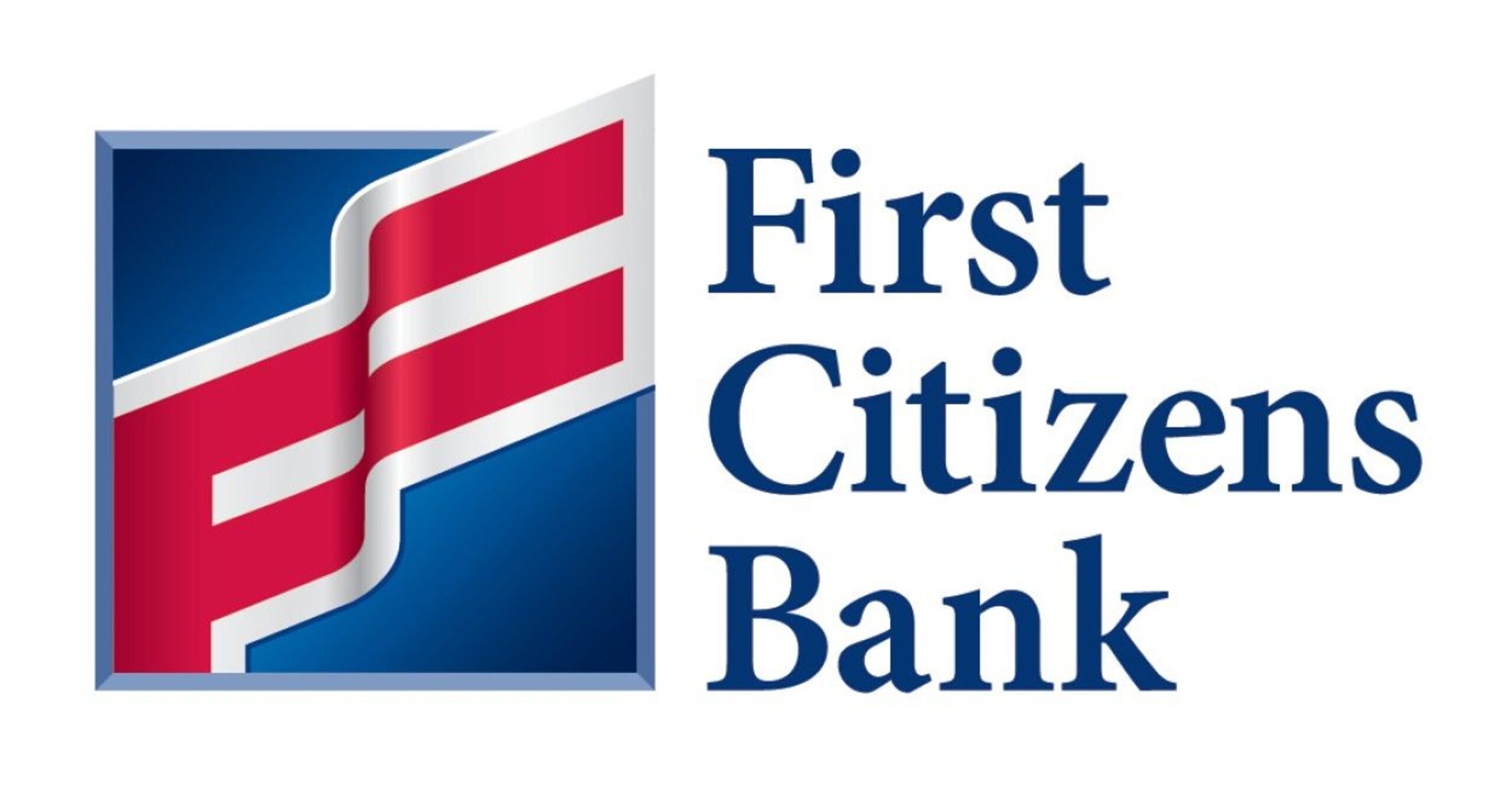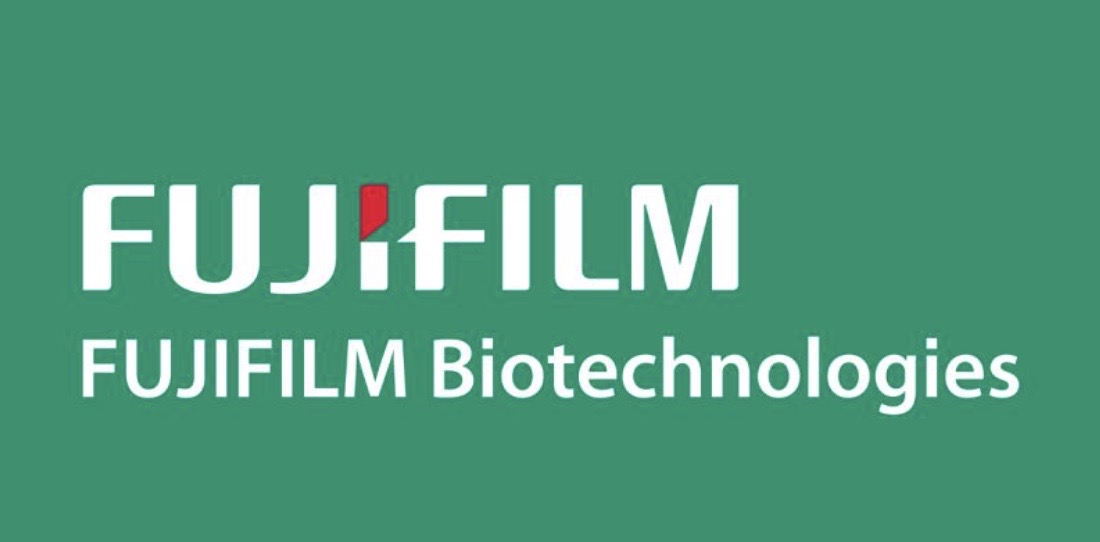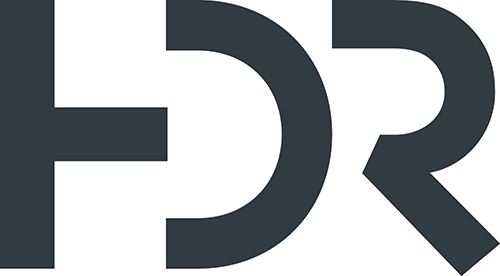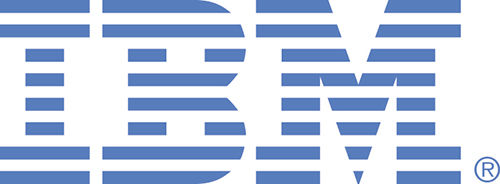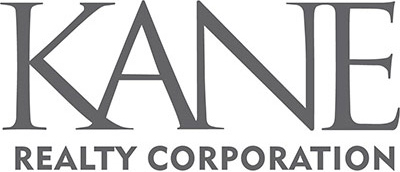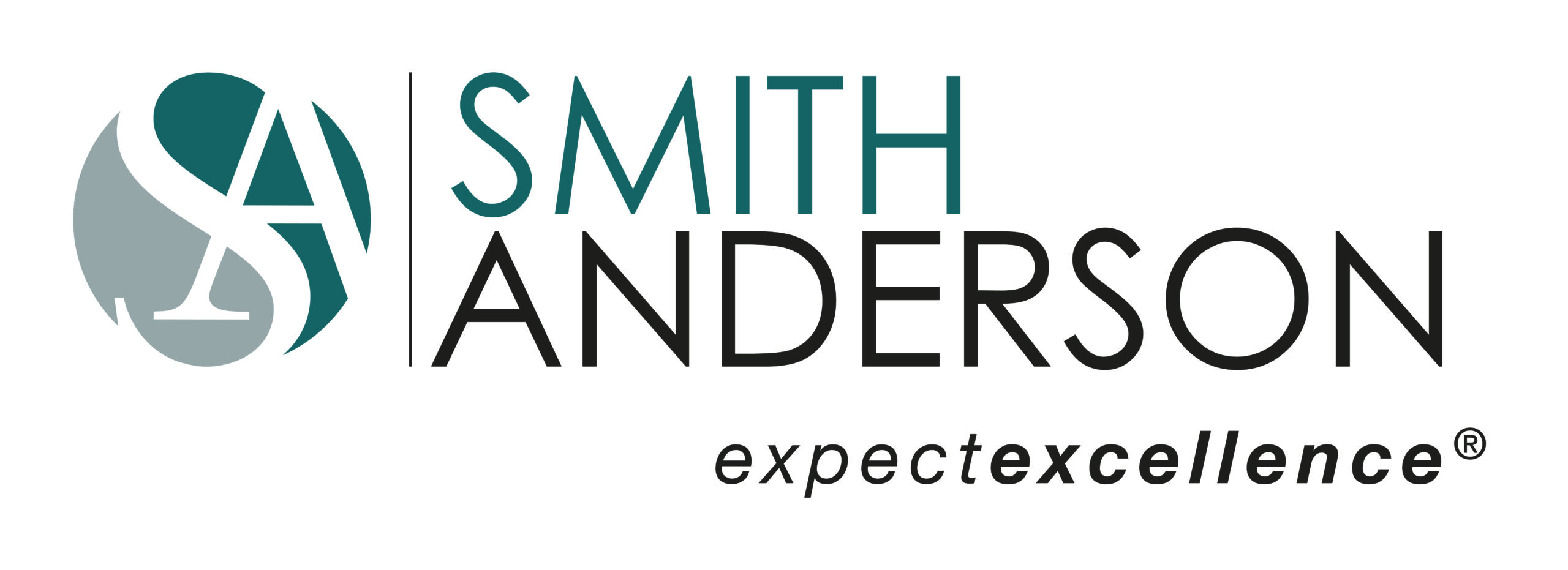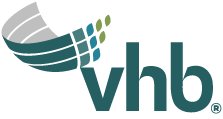Durham is moving with transit and mobility
- March 28, 2024
- Posted by: Joe Milazzo II
- Category: Blog
RTA members and partners,
2024 is shaping up to be another great year for transit and mobility in the Bull City, with more improvements in the years ahead, thanks to the efforts of RTA Regional Leadership Team member the City of Durham, their partners, and the investments of the Durham County transit plan.
In addition to the return to 100% of pre-pandemic service levels as of earlier this year (>90% pre-pandemic ridership), the City will be adding the first service expansion since the pandemic later this month, with more frequent service on GoDurham routes 6, 7, 8, and 9.
These improvements build upon some recent transit successes in the City. In 2021 Durham implemented a transit queue jump along northbound NC 55 to enable buses serving GoDurham routes 12 and 12B to bypass traffic delays due to the signal at Odyssey Drive. In the next several months and years, GoDurham will also be implementing a suite of transit enhancements for Durham residents, commuters, and visitors — including arterial BRT (aBRT) improvements to improve transit service, reliability, and the multimodal user experience — along two major transit emphasis streets.
In January, the Durham City Council approved a $6 million contract for final design of bus stop and pedestrian access improvements along the City’s highest transit ridership corridors: north-south Fayetteville St. and east-west Holloway St.. These multimodal infrastructure improvements will be coupled with Transit Signal Priority (TSP) to help buses keep moving through 13 traffic signals along Fayetteville St. south of the NC 147 freeway. This is the same type of transit priority treatment that will be activated along the New Bern Avenue as part of the region’s first dedicated BRT corridor in Raleigh, and that is already in use in Cary along Route 5/Kildaire Farm.
While the Fayetteville and Holloway corridors will not have dedicated or priority lanes for transit, GoDurham will continue to use de facto off-board fare collection via zero fare to minimize boarding times, complemented by frequent service (every 15 minutes). The use of off-board fare collection, transit signal priority, and frequent all-day service, are all elements of arterial BRT found in other American cities including Minneapolis, the site of the Greater Durham Chamber’s upcoming intercity visit this September.
Kudos to our partners and fellow RTA Regional Leadership Team members the City of Durham for accelerating rapid transit improvements for the GoDurham system and our region!
Let’s get moving,
Joe







